Zeroflux Current Transducers
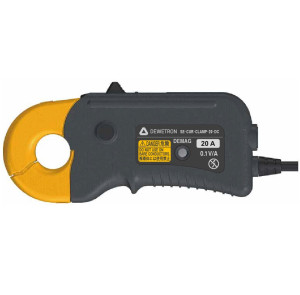
Current clamp CT6841A

Current clamp CT6843A

Current clamp CT6845A
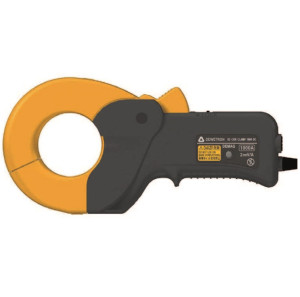
Current clamp CT6846A
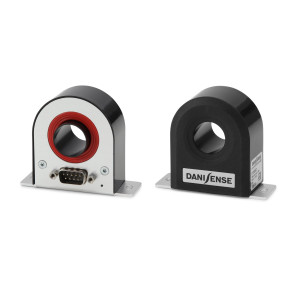
Current transducer DT50ID
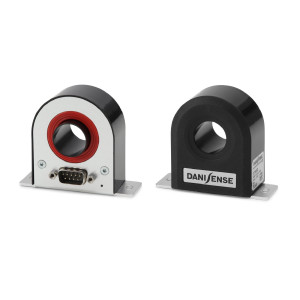
Current transducer DT100ID

Current transducer DT200ID
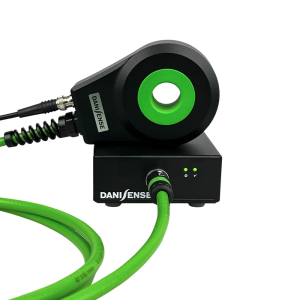
Current transducer DW500UB-2V
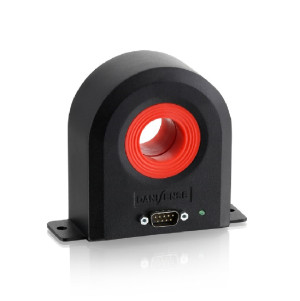
Current transducer DS600ID
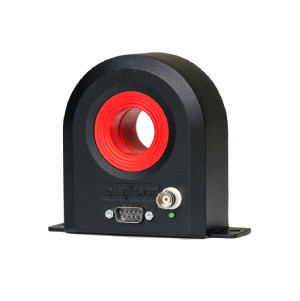
Current transducer DS600UB-10V
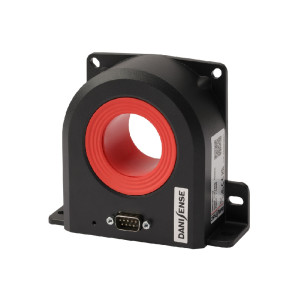
Current transducer DN1000ID

Current transducer DS1000UB-10V
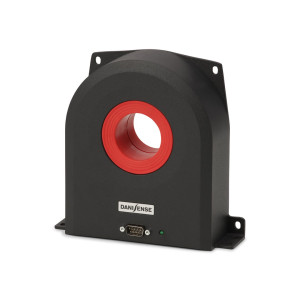
Current transducer DM1200ID

Current transducer DM1200UB-10V

Current transducer DL2000ID

Current transducer DL2000UB-10V
A zero flux transducer uses the flux gate principle. The current to be measured generates a magnetic flux that is counteracted by the flux generated by a secondary winding.
In general terms, the flux gate principle is to use an excited magnetic material coil as a probe. Thanks to a saturation/desaturation cycle and signal processing, this coil is able to measure the magnetic field proportionally. From that multiple options are possible to design a current transducer. It can simply replace a Hall effect probe in the air gap or the coil could have the shape of a tore.
The magnetic field in the toroid generated by the primary current (Ip) is counteracted by the compensating secondary current (Is) generated by the integrator.
The flux gate detects magnetic fields in the toroid from DC to less than 100 Hz at sub ppm levels and tells the integrator to compensate them out.
At higher frequencies, the feedback winding (Nfb) detects magnetic fields in the toroid at ppm levels and tells the integrator to compensate them out as well. The secondary current (Is) is therefore proportional to the primary current (Ip) with the ratio Np:Ns.